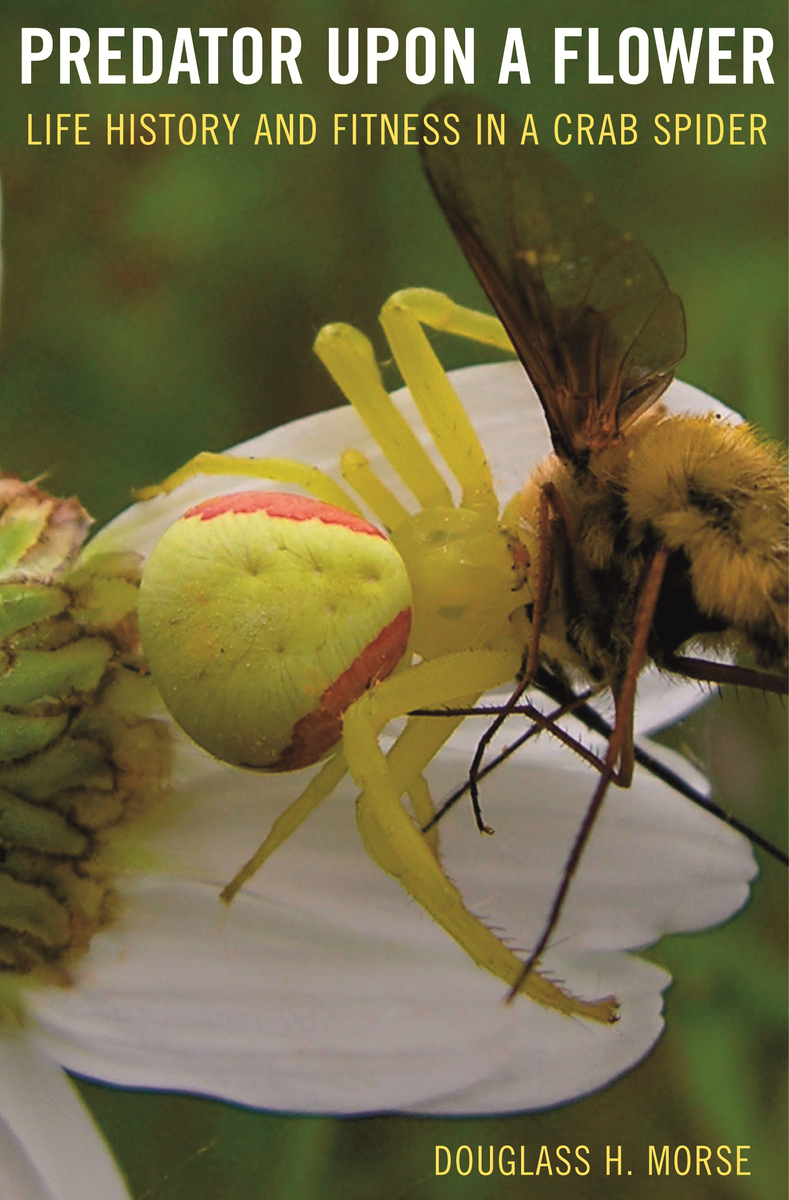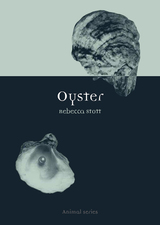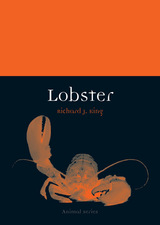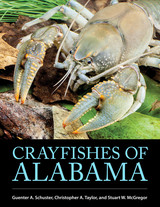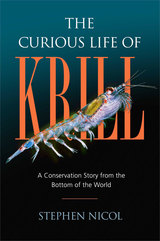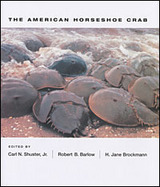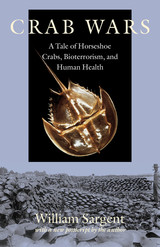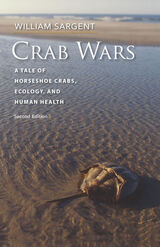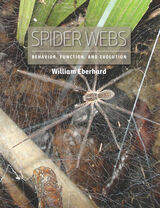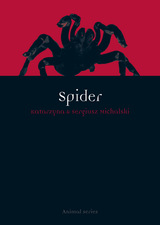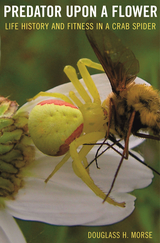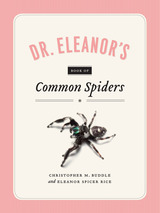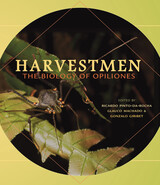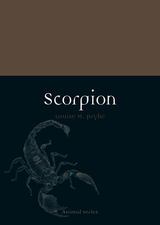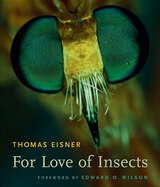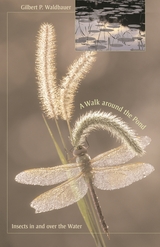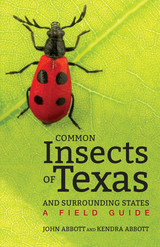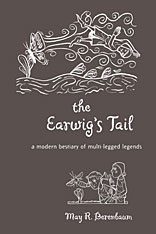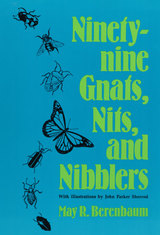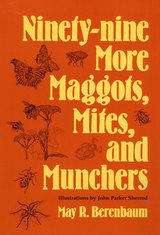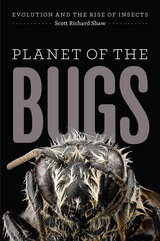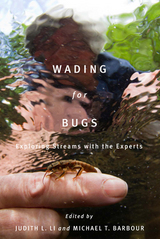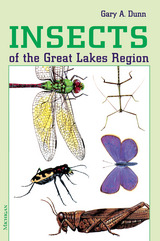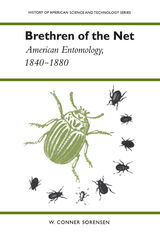Predator upon a Flower: Life History and Fitness in a Crab Spider
Harvard University Press, 2007
Cloth: 978-0-674-02480-9 | eISBN: 978-0-674-27541-6
Library of Congress Classification QL458.4.M678 2007
Dewey Decimal Classification 595.44
Cloth: 978-0-674-02480-9 | eISBN: 978-0-674-27541-6
Library of Congress Classification QL458.4.M678 2007
Dewey Decimal Classification 595.44
ABOUT THIS BOOK | REVIEWS | TOC
ABOUT THIS BOOK
In the crab spider, Misumena vatia, Douglass H. Morse and his colleagues found an ideal species on which to test basic questions associated with lifetime fitness. From the moment a female crab spider selects a flower on which to sit and wait for her prey, there unfolds a cascade of lifetime fitness variables that determine her evolutionary success. Did she choose a flower that attracts suitable prey? Will she encounter a competitor or predator? Will she survive long enough to breed, and will her offspring contribute to the gene pool? Ecologists had previously identified variables that shape populations, but lacked the experimental data needed to make comprehensive tests of individuals that made different foraging decisions. Morse found that Misumena is particularly well suited to both field study and laboratory experiments. Over the last 25 years, his simple yet elegant experiments have contributed to our understanding of lifetime fitness and helped to develop study techniques that can be applied to animals with other, more complex, life histories. Predator upon a Flower recounts these influential discoveries in a gracefully crafted narrative that moves ever outward from individuals to communities to ecosystems, and concludes by suggesting directions for future research in spider biology.
See other books on: Entomology | Fitness | Flower | Insects & Spiders | Life History
See other titles from Harvard University Press
